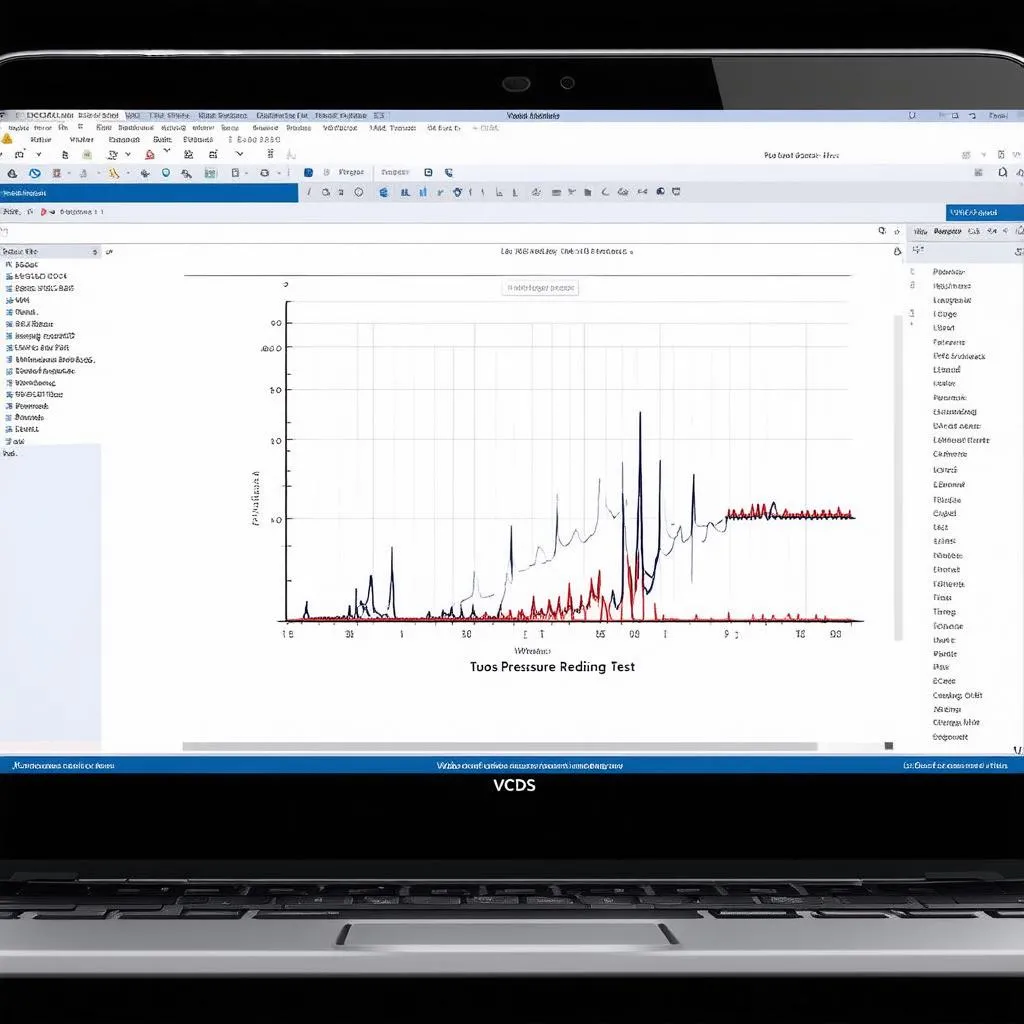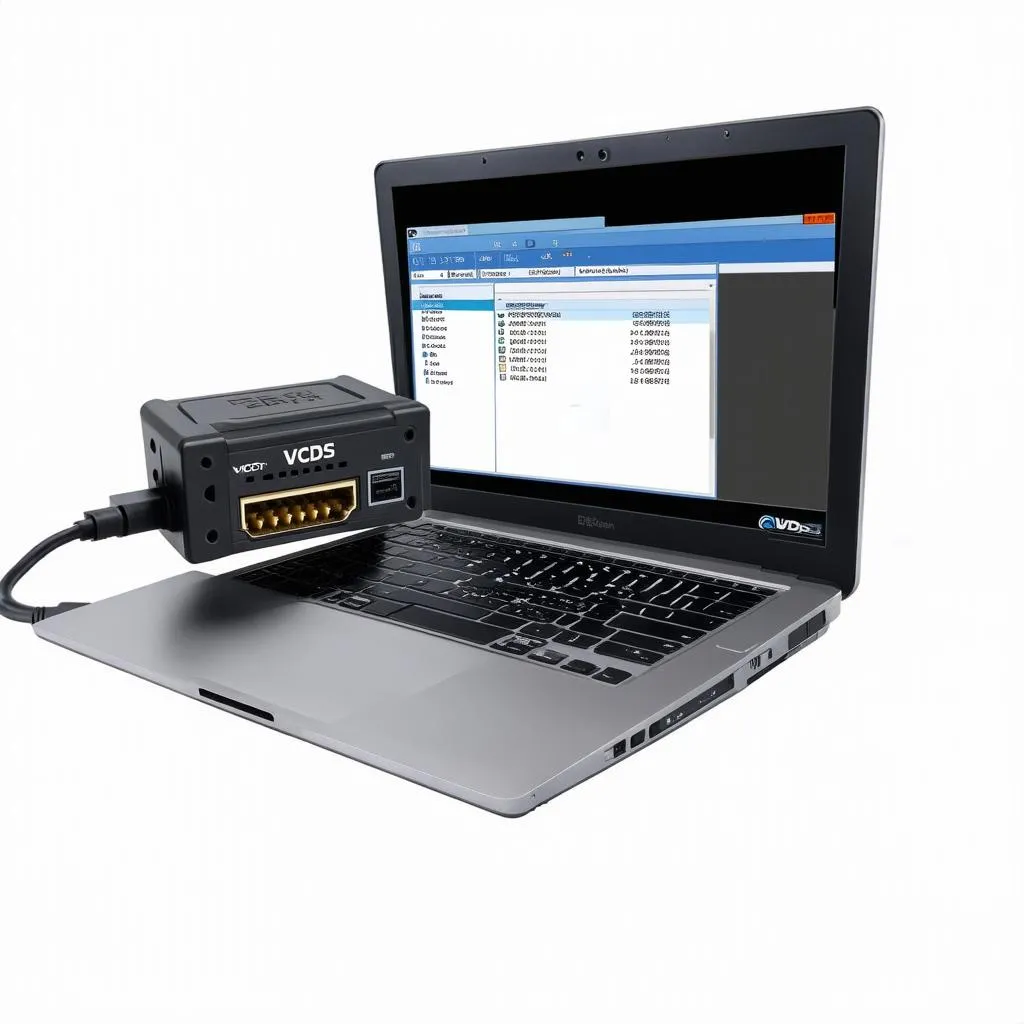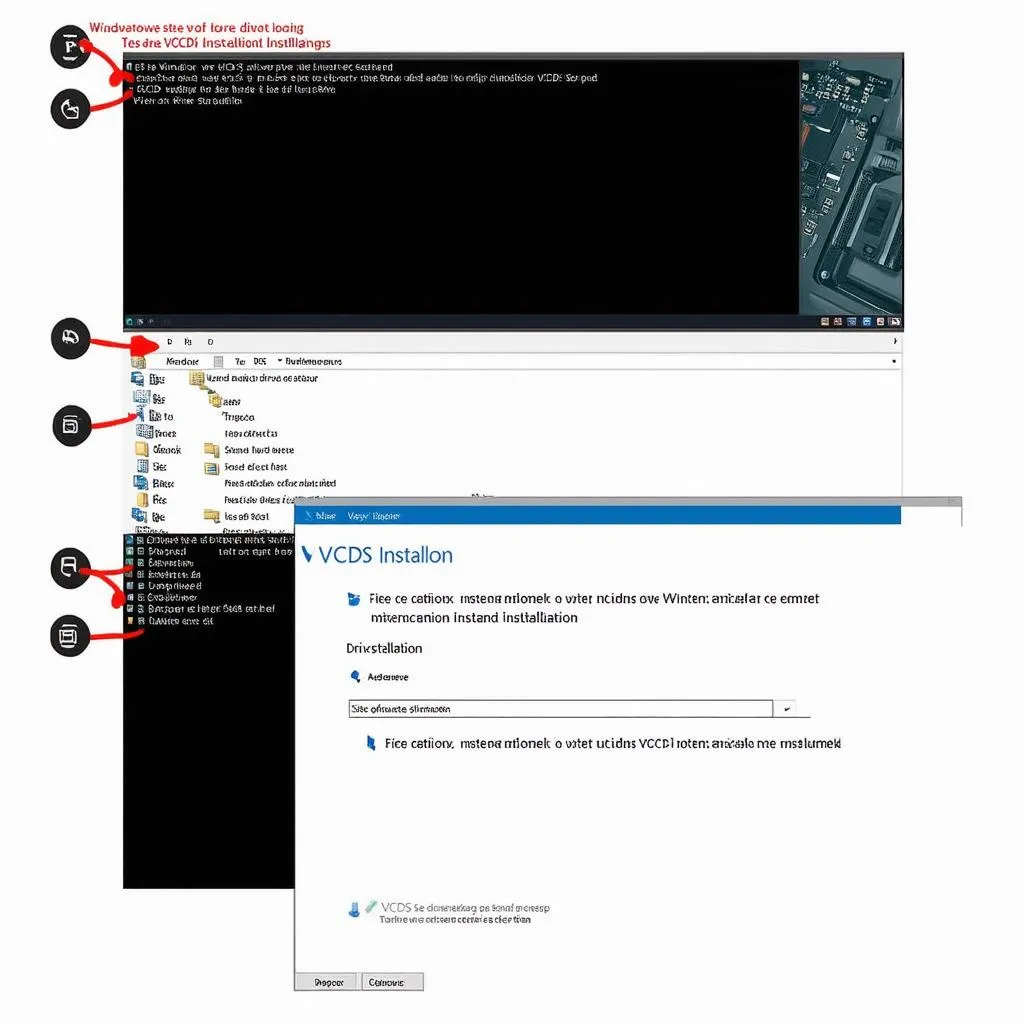A properly functioning turbocharger is crucial for optimal engine performance and fuel efficiency. When your turbo starts acting up, it can lead to a noticeable drop in power and even trigger warning lights on your dashboard. Luckily, with a VCDS (Vag-Com Diagnostic System) interface, you can perform a series of tests to pinpoint the root cause of your turbo woes. This guide will delve into the intricacies of performing a VCDS test turbo, empowering you to diagnose and address turbocharger issues effectively.
Understanding VCDS and Turbocharger Diagnostics
Before we dive into the testing procedure, let’s clarify the roles of VCDS and turbochargers in your vehicle.
VCDS is a powerful diagnostic software that interfaces with your car’s onboard computer, allowing you to access and interpret various engine parameters and error codes. It acts as a window into your car’s electronic control unit (ECU), providing valuable insights into its health and performance.
Turbochargers, on the other hand, are essentially air pumps driven by exhaust gases. They force more air into the engine, resulting in increased power output. Turbocharger issues can stem from a variety of factors, including faulty actuators, boost leaks, or even problems with the N75 valve which controls boost pressure.
Performing a VCDS Test Turbo
Now, let’s walk through the steps involved in performing a basic VCDS turbo test:
- Connect your VCDS interface: Begin by connecting your VCDS interface to your vehicle’s OBD-II port, usually located beneath the steering wheel.
- Initiate VCDS software: Turn on your vehicle’s ignition and launch the VCDS software on your computer.
- Select your vehicle model: Navigate through the VCDS interface to select your specific car make, model, and year.
- Access Engine Electronics: Go to “Select Control Module” and choose “Engine.”
- Go to Measuring Blocks: In the Engine module, select “Measuring Blocks – 08.”
- Select relevant measuring blocks: Choose the measuring blocks related to boost pressure. Common blocks include:
- Group 11: Boost Pressure (specified and actual)
- Group 10: N75 Duty Cycle
- Interpreting the Data: Analyze the values displayed in the selected measuring blocks. Compare the actual boost pressure to the specified boost pressure. Significant deviations or fluctuations may indicate a problem with your turbocharger system. For instance, if the actual boost pressure is significantly lower than the specified value, it could point towards a boost leak or a faulty N75 valve.
Expert Insight: “When diagnosing turbocharger issues, it’s crucial to analyze data from multiple measuring blocks in conjunction. This holistic approach helps paint a clearer picture of the system’s overall health and aids in identifying the root cause of the problem,” says Robert Thompson, an automotive engineer with over 20 years of experience.
 VCDS Turbo Test
VCDS Turbo Test
Common Turbocharger Issues and VCDS Diagnosis
Here are some common turbocharger issues and how VCDS can help you diagnose them:
1. Boost Leaks:
- Symptoms: Reduced power, hissing sounds from the engine bay.
- VCDS Diagnosis: Observe the actual boost pressure in measuring block Group 11. If it’s significantly lower than the specified pressure, it suggests a boost leak.
2. Faulty N75 Valve:
- Symptoms: Erratic boost pressure, inconsistent engine performance.
- VCDS Diagnosis: Monitor the N75 duty cycle in measuring block Group 10. Fluctuating or erratic values indicate a potential issue with the N75 valve.
3. Sticking Turbo Actuator:
- Symptoms: Turbo lag, slow engine response.
- VCDS Diagnosis: Perform a turbo actuator test using the “Output Tests” function in the VCDS Engine module. Observe the actuator arm for smooth and full movement.
 Turbocharger Components
Turbocharger Components
FAQs about VCDS Test Turbo
1. Can I perform a VCDS turbo test myself?
Yes, if you have basic mechanical skills and are comfortable using a computer, you can perform basic VCDS turbo tests. However, keep in mind that interpreting the data requires some knowledge of engine parameters and turbocharger systems.
2. What are some limitations of a VCDS turbo test?
While VCDS is a powerful tool, it’s not a magic bullet. It cannot physically inspect components like hoses for leaks. A visual inspection is always recommended.
3. Is a VCDS test turbo sufficient to diagnose all turbo issues?
No, while a VCDS turbo test can help pinpoint many turbocharger problems, a comprehensive diagnosis may involve inspecting other related components and potentially conducting a pressure test of the entire boost system.
Need Expert Help? Contact Cardiagtech!
Diagnosing turbocharger issues can be complex. If you’re facing turbocharger problems and need expert assistance, don’t hesitate to reach out to Cardiagtech. We offer a range of high-quality automotive diagnostic tools and resources to help you get to the bottom of your car troubles.
For more information on VCDS diagnostic cables, turbo pressure analysis, and other automotive diagnostic solutions, visit CARDIAGTECH today!


